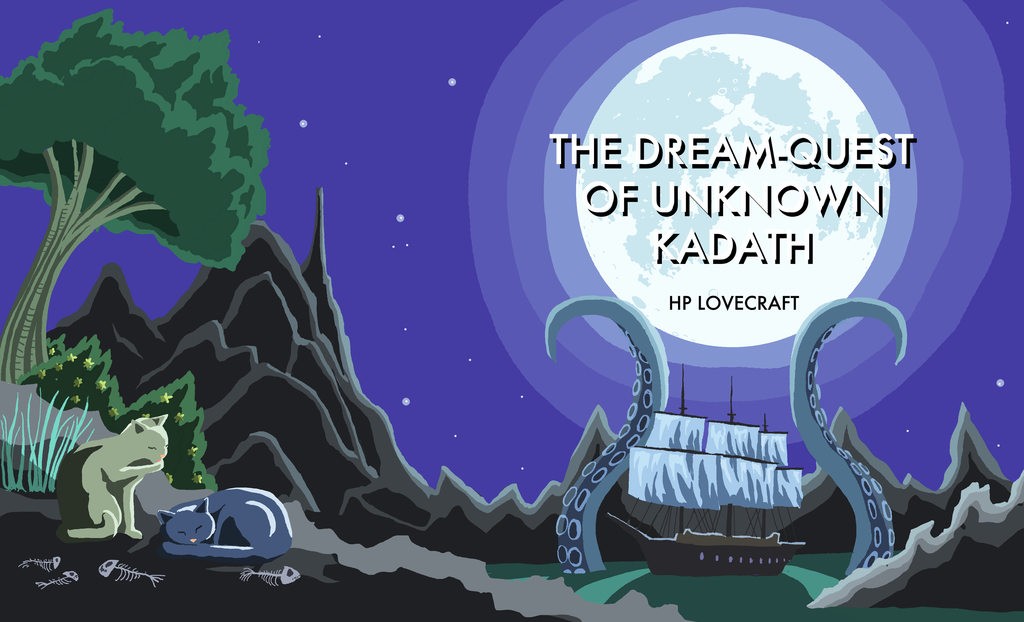The chosen name for Batman’s home, the City of Gotham, is derived from a joke in Washington Irving’s satire magazine, Salmagundi, in which Irving called New York “Gotham,” in a passing reference to a village in England which is widely reputed to be populated by fools (see: “Wise Men of Gotham”). Irving, a semi-mythic figure blessed by his own namesake George Washington in 1776, would become the first American literary celebrity, and is best remembered today for his contributions to horror and speculative fiction (“The Legend of Sleepy Hollow” and “Rip Van Winkle”). Bill Finger was unaware of these associations when he picked the name “Gotham” out of an NYC phonebook.
The initial success of Batman can be attributed to a confluence of familiar territory for readers of pulp adventure and horror tales: an urban gothic Zorro-type outwitting a gallery of rogues similar to those of Dick Tracy. Deeper in his influences, the character hails to the very first literary detective, Edgar Allan Poe’s August Dupin (who assists befuddled police in solving impossible crimes). In Batman’s origin story (Detective Comics no. 33, 1939), the bat at the window of Bruce Wayne’s study distinctly parallels Poe’s iconic Raven.
A year after his initial launch, the Batman tales experienced a major tone shift. He stopped shooting people in the face, and he was joined in his increasingly whimsical missions by a plucky young orphan called Robin, who added a pallet of bright color to the pages.
In 1954, Frederick Wertham released a book called Seduction of the Innocent, which accused the comic book industry of promoting degeneracy and immoral behavior. The industry then responded with self-imposed censorship (“the Comics Code”), and the tone of Superhero books veered ever brighter. Batman resorted to full-on camp. The property had transitioned from its original emotional core (anguish, vengeance) to utterly wacky nonsense (Dinosaur Robots, Bat-Mite) – a fate worse than death.
In the late 60’s, editor Julius Schwartz, former literary agent of H.P. Lovecraft, was assigned to revive the Batman mythos, and he directed his art teams to dial back the zaniness. In the 1970’s, writer Dennis O’Neil and artist Neal Adams imbued the pages of Batman with dark contemporary imagery of urban decay and psychological horror. In this environment, the original model of Batman was retooled into the character we more or less know today, and a core component of the Batman mythos was added: the infernal sanitarium, Arkham Asylum.
Arkham Asylum alludes not just to the fiction of H.P. Lovecraft, but to the culmination of his themes: that the universe is uncaring, and the creatures made of flesh have little power therein. In his book Batman Unauthorized, O’Neil associates the “witch-cursed” and “legend-haunted” Arkham of Lovecraft with Gotham’s Asylum, describing it as “a place of horror, not healing.” By allying himself with Lovecraft’s work, O’Neil conjures a potent symbol of doom; over the next fifty years, Arkham Asylum itself becomes the hidden antagonist perpetuating Batman’s struggles, allowing its eldritch agents (the Joker, et all) ample opportunities to escape. By pitting the “World’s Greatest Detective” against its necessary opponent, incomprehensible madness, a dramatic chord was struck that resonated with readers eager to quell their own existential dread.
In his own work, Lovecraft offered no bandage for the wounds he opened; in these so-called Detective Comics, The Batman understands that the universe is uncaring; and so he, with all of his resources, must be the one to care. Despite millennia of religious belief suggesting otherwise, (from Nemesis to Karma to the vengeful YHWV) Justice doesn’t dispense itself. An endless quest persists for the Dark Knight.
Batman reassures his readers that in the war against psychological horror, honor and perseverance still count for something.
While the 22 page installments became darker and darker, leading into stories that, in the 80’s, abandoned the Comics Code altogether (Mature Readers Only), Batman’s integrity and ingenuity continued to suffice in his insurmountable quest against whatever new evil he faced. The legacy of Arkham culminated in Grant Morrison’s runaway hit graphic novel, Arkham Asylum: a Serious House on Serious Earth, a “Mature Readers” title released contemporaneously with Tim Burton’s first Batman film. The graphic novel posits the idea that the Dark Knight is a demon, summoned through ritual magic by the original founder of Arkham Asylum, which manifests itself through the actions of Bruce Wayne. The warbling, fractured Weird tale, illustrated by surrealist master Dave McKean, is considered a pinnacle achievement in the tent of Batman stories, and helped set the stage for Grant Morrison’s brief but thorough deconstruction of the entire DC comics universe multiverse some 20 years later.
Lovecraft clinically wrote of rational minds unable to surmount the traumas with which they are faced. Those stories are unforgiving, and devoid of hope. No heroes emerge to defend humanity; everyone dies, or loses their minds, and the apocalypse looms. Unresolved at Lovecraft’s death in 1937, the ghost of these conflicts lingered in the American psyche for a couple years before descending upon a new fictional American city where they might be addressed: in Gotham, in the shadowy recesses of a City of Fools, to be mitigated, if not quelled, by the Dark Knight’s vigilant watch, and by the countless imitators he’s inspired.
Batman’s outstanding performance in his field for the better part of a century has solidified his status as genuine American Archetype. Although nothing seems to get better in his city, Batman effectively maintains the status quo against the hidden structural component of Lovecraft’s philosophy, which pervades the worm-addled heart of Gotham; this crusade informs an ouroboros of crime and punishment, evasion and detection, that has played out over and over in film, television, and print for the better part of a century.




